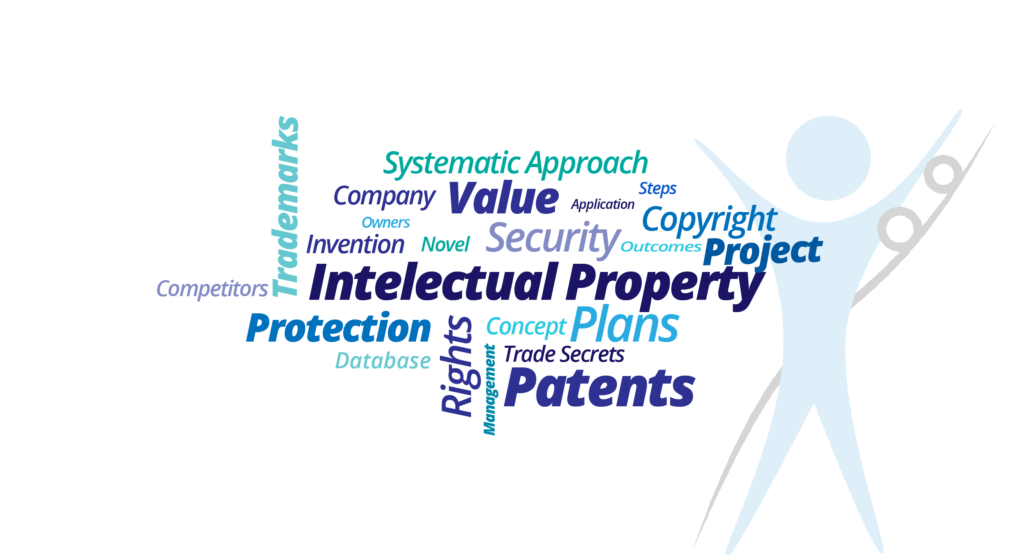
Let‘s talk about IP
10.11.2021. In a highly innovative project like ReHyb, it is important to manage novel outcomes and secure potential intellectual property (IP). To this end, ReHyb has set up an IP Management Plan to systematically assess the knowledge created within the project. This work has already resulted in several outcomes being assessed, some of which have moved to a preparatory phase for patent applications. The systematic approach contributes to maximizing the impact of the project and emphasizes the importance of protecting before publishing or describing or displaying the technology on any public platform.
What should be assessed?
So what should be considered for IP? In general, it is good practice to look widely at project outcomes and evaluate what the potential is. This should obviously be done for the main outcomes in a project but it is also important not to forget what has been created along the way. In a technical project, this may for example be a system, functional feature or a component, e.g. a sensor that has been developed and could be used for multiple purposes and could thus be exploited in different ways. Therefore, it is relevant to assess if protection of the system as a whole or parts of it is possible and feasible.
What are the options?
If the outcome is novel and has an inventive step, filing a patent application should be considered. When assessing whether to apply for patent, one of the questions that need to be answered is how likely is it that a patent, if granted, would create value for the owners. Such value could be directly monetary, i.e. by selling the patent or technology/product covered by the patent. Along the same lines, if the patent prevents competitors from entering a market, then that can be indirectly creating commercial value. Another angle is to file a patent application to claim ownership of the technology contributing towards freedom to operate, where it is prevented that others can obtain protection on it later.
Another option for protecting IP is to keep it secret. This would apply in case the outcome cannot be reverse engineered in an easy way and if the patent protection would be weak and could be designed around relatively easily.
A third option is to open an outcome up for anyone to use and just claim authorship, e.g. through a relevant publication. This of course promotes open science and in many cases, universities and research institutes select to use this route, claiming that the „protection path“ is too difficult and too costly and does, in the end, not bring added funding for continued research. This is a perfectly valid point of view.
How is ReHyb doing this?
In ReHyb, the approach is that each individual partner has an internal IP strategy that is followed for their own developments. When there are more partners involved, the policy is to assess an outcome considering first the most protective strategy of the involved partners and then come to a conclusion that the involved partners can agree with. By doing this, the Consortium tries to take into account the different priorities of different partners through a systematic conversation.
Bottom line
It is of extreme importance to assess and make an informed decision if a patent application should be filed for a novel developed technology. Because, once the technology has been made public in any way, publishing in a science journal or posting it on a social media platform, the opportunity to apply for patent protection is gone. If you are not sure keep in mind that, better safe….. than sorry!